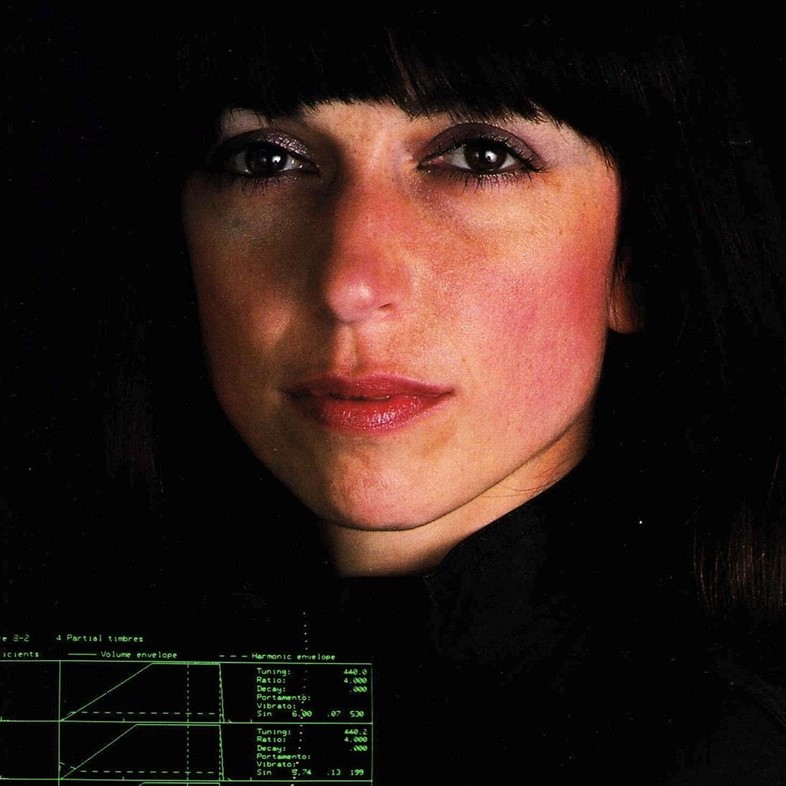Ahead of her performance at the 2018 BBC Proms, we speak with Suzanne Ciani about her fascinating life and work
When Suzanne Ciani first began performing the electronic music she had composed on her Buchla modular synthesizer, it was met with a great deal of bewilderment. “I did an installation piece at the University of California in about 1970-71,” she recalls. “I moved the Buchla into the museum and I programmed a piece that would last for weeks. The Buchla was there and all the lights were blinking to go with the sound and nobody, but nobody, understood that the noise was coming from the machine. They all thought there was a tape recorder, and they all kept looking behind the machine. The concept just didn’t exist in the public back then. It wasn’t until Bob Moog put a keyboard on the thing that people said, ‘Oh, it’s a musical instrument!’”
Today, it is widely acknowledged that 72-year-old Ciani is one of the most vital pioneers of her field; she has been nicknamed ‘America’s first female synth hero’ and ‘Diva of the Diode’, alongside garnering five Grammy nominations for her work. In total, she has produced 18 studio albums, each pertaining to her uniquely romantic sound, defined by a mixture of oscillating classical melody and techniques of electronic production. Alongside this, Ciani is known for her commercial work in film, television and advertising; the familiar clink, pop and fizz of a just opened Coca-Cola bottle is attributed to Ciani, and she has also scored films including The Incredible Shrinking Woman (1981), making her the first solo female composer of a Hollywood blockbuster. Ahead of her performance at the 2018 BBC Proms, as part of as part its Pioneers of Sound programme celebrating women who spearheaded the electronic musical landscape, we speak with Ciani about paying no attention to ‘the boys club’ and sleeping on Philip Glass’ floor.
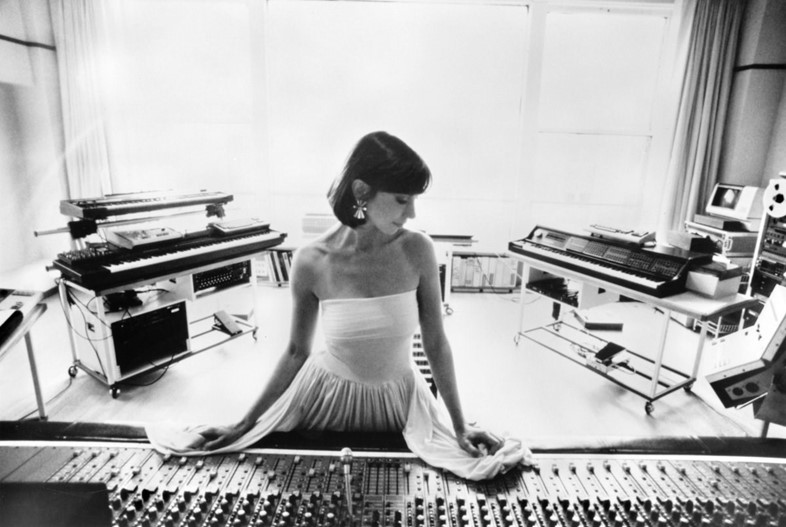
On her first exposure to electronic music...
“I majored in music at Wellesley College, which is on the east coast. Then, I did a graduate degree in music composition on the west coast at the University of California, Berkeley. After graduate school, there I was, all ready to have a classical music career and I met Don Buchla – through my boyfriend at the time – and everything changed! My boyfriend’s art professor, Harold Paris, was a famous sculptor. And Harold’s studio was a big warehouse right next to Don Buchla’s warehouse. So, he took me over to Buchla’s and I can’t believe how lucky I was.
“I’d had a little exposure to electronic music because the university wasn’t geared that field. But there was a place called The San Francisco Tape Music Centre, which was an education centre for electronic music, and I went there they had the very first Buchla, the Buchla 100. After that, I did a summer programme at Stanford University, and I studied with Max Mathews, who is the father of computer music, and John Chowning, who is the father of FM synthesis. So electronic music just took over my life. Plus, you have to realise that being a traditional, classically trained composer was not easy. Back then, people assumed that if you were a woman and you were in music that you must be teaching. That was the only avenue open. I mean, this was the dark ages.”
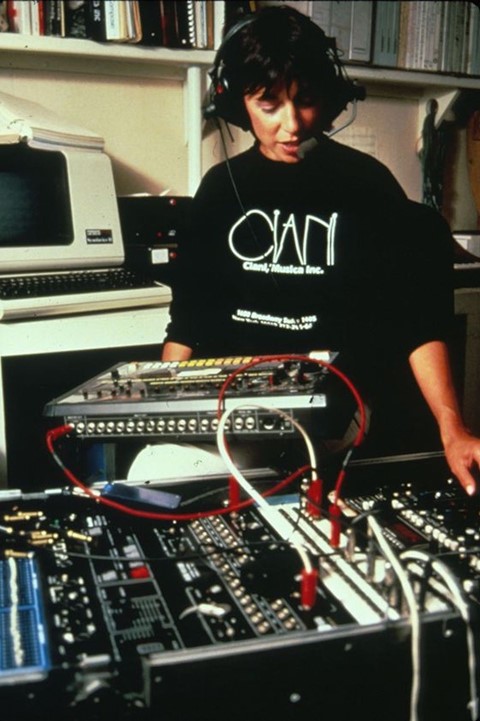
On moving to New York and working with Philip Glass...
“From Berkeley, I moved to Los Angeles and I was there for a couple of years. In 1974, on April Fool’s Day, I moved to New York and it was completely magical from the moment I set my foot on the ground at the airport. When I first arrived, I had no place to live. I had gone there to perform a Buchla concert at an art gallery opening, and Robert Hughes – who was an Australian art critic writing for Time magazine – had a loft in SoHo and he allowed me to live there while I rehearsed for the gallery. Then, when he decided it was time for me to leave, I lived on Philip Glass’ floor in his studio on Green Street.
“I first met Philip because he lived in SoHo, too. It was a small world. At that time, the area was not anything like it is today; it was filled with warehouses and bakeries. There were a few galleries and some lofts, and artists would take over these lofts. Philip had a studio called Green Street Basement Recording, in the basement of an art gallery. And he was working there with the same people he works with to this day – Michael Riesman and his sound engineer, Dan Dryden. Philip is a real gentleman and a very serious person and I was very enthusiastic about electronics. Philip’s music involved people playing a repetitive series of notes. And I thought, ‘Philip, I’m going to save your life! You can do this with a machine, you don’t need those people playing repetitively!’ And so we did some lessons on the Buchla and I thought he’d love it... But he didn’t love it!”
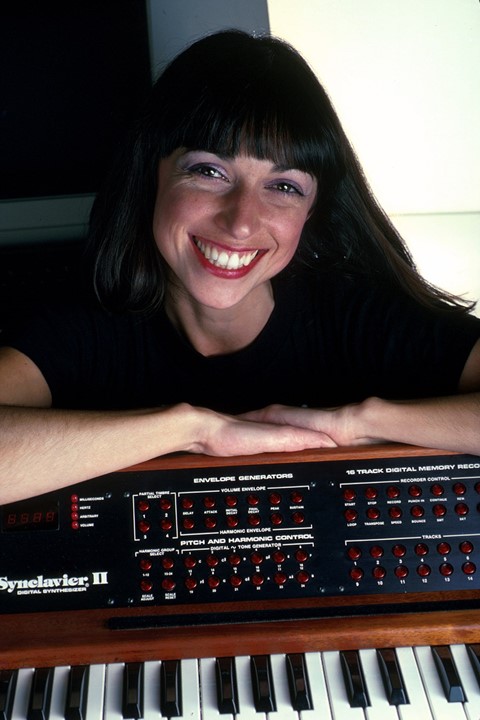
On being in a boys club...
“I was coming of age at the top of a wave of women’s liberation. The same way we are today, we’re at the top of a wave. And so, even though there were a lot of obstacles and definite, clear exclusion, our way – or my way, anyway – was to completely ignore it. Not to give it any power. My theory about all of that is that men don’t focus on excluding women. The fact is, they have such a highly developed network that they relate to each other very comfortably and like to stay in that comfort zone. The reason they don’t relate to women is that women aren’t in their network and it upsets them a little bit – but they don’t hate us. And our job, I think, is to evolve our own networks.
“I attribute my mentorship to a woman photographer named Ilse Bing. She was in her 80s when I first met her, and she was nicknamed The Queen of the Leica. We would have meetings and they were very morale-boosting for me because she was a woman working with technology in the 1920s and the 1930s. She didn’t get all the credit she deserved – she discovered solarisation before Man Ray. She was in love with her work and she always made me focus on my work, too. I would often go and visit her if I was having a romantic crisis or something and she never wanted to hear about that. She would just say: ‘tell me about your work’. So she really got me to focus, because I’m truly a hopeless romantic at heart.”
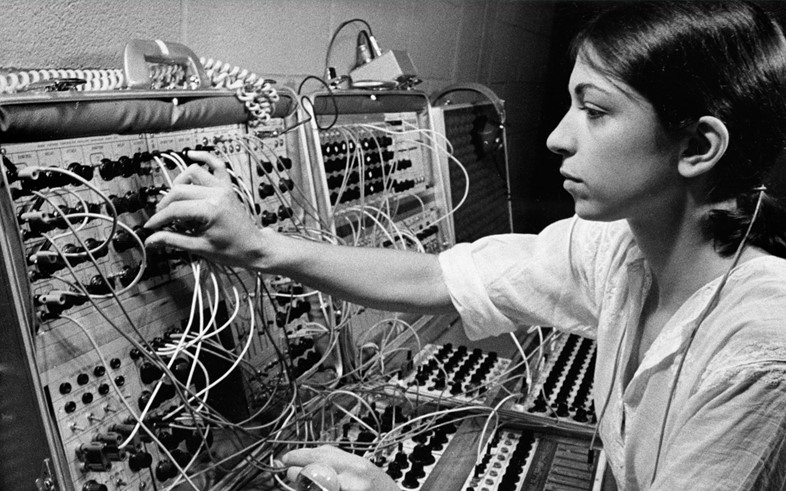
On defining her sound...
“Everything about it was female. The composition and form was female; it was in the shape of a wave. So the entire structure of the pieces would grow and come to a climax and recede. It was also very, very slow. It was half the speed of normal music so it wasn’t the thumping, pumping, male paradigm. It was oceanic and mysterious – a different energy system completely. The compositional process was that I had come through both a deep classical training and years of playing Buchla. Whilst I played the Buchla, I shut out any piano in my life because I wanted it to be clear that the Buchla was a non-keyboard instrument. But when I came to record, by that time my Buchla had broken, and what I did was to combine my classical background with my electronic sensibilities and came up with a combination of written melodies with electronic production techniques.
“I can also say, my passion for technology was extremely expensive in those days. So I had to find a way of making money so that I could produce these creative albums. So all my work in advertising helped with that. Even then I always worked as an artist – I mean I had complete freedom in my commercial work because nobody understood what I was doing so they couldn't interfere! But I kept the two very distinct. It was my ‘emotional music’ at the weekends, and ‘work music’ during the week.”
On her nickname and what the future holds...
“It was David Goggin, aka ‘Mr. Bonzai’, a veteran writer in the audio industry, who came up with my nickname, Diva of the Diode. It’s just like a meaningless, charming thing. But I think it says it all! At the moment, I’m touring a lot and I have been for two years. I’ve been all around the world a couple of times and I’m going around again this year. I play in Berlin and then I come back to London where I play at the BBC Proms at The Royal Albert Hall on July 23 – they’re doing a programme about women pioneers in electronic music, including music by Delia Derbyshire and Daphne Oram. I can’t wait, it’s going to be so much fun!”
Suzanne Ciani is performing as part of BBC Proms’ Prom 13: Pioneers of Sound, July 23, 2018.
